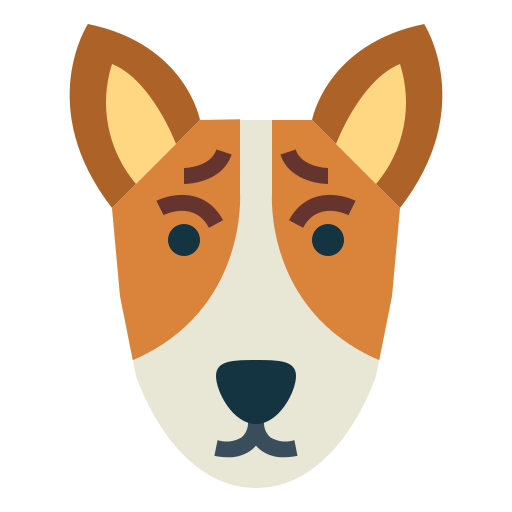Help - multiple broken teeth!
-
Seti broke a front tooth a while back and we had it pulled with no problems at all. This weekend the vet found that one of his fangs and a large molar in the back are now broken. I have an appt. with a recommended dentist in a couple of weeks.
My question is - Seti is only 6 - is this normal?? The hardest thing that we give him to chew is ice which the vet said may possibly be the culprit. I will never give him ice again.
Has anybody else experienced this??
Thanks!
-
Some dogs just don't have great teeth… just like people... One of mine, OJ... has just horrible teeth, I remember his first dental, they pulled 3 and 3 just fell out. In his bloodlines I know lots of his nieces and nephews that also have broken or missing teeth... Usually you find that the molars get "slab fractures" and sometimes they can have them for years and years and never cause a problem. Maggii had two with slab fractures from the time she was 3 till they were removed just this past December at 16 1/2. Could have been anything that did it... what you give them and what they can "find" in their own are, well who knows.. I would doubt it was the ice, unless there was already a facture starting.
-
I was a bit surprised about the ice issue…I felt so guilty! But like you said, who knows what he's finding when he's roaming outside.
I figured it may be a genetic issue. I'll just have to keep an eye on him. He doesn't seem to be in any pain thank goodness.
-
His gums look fine, but she referred me me to a dentist at California Animal Hospital to get a better diagnosis.
I'm guessing they may want to pull the teeth (?) I saw on an earlier post that somebody mentioned that capping the teeth don't really help since they can break again at a later point. I suppose he can live without one of his fangs since he's not having to hunt for his own food.
-
NO cow hooves!
-
It seems like the lower 1/3 of his K9 (that's his fang I'm guessing!) is gone so we can see the pulp inside. It is not discolored and he's eating fine. I'm glad to hear that he can live without those teeth. I am curious to see what the dentist recommends for the future, since Seti obviously has weak teeth.
